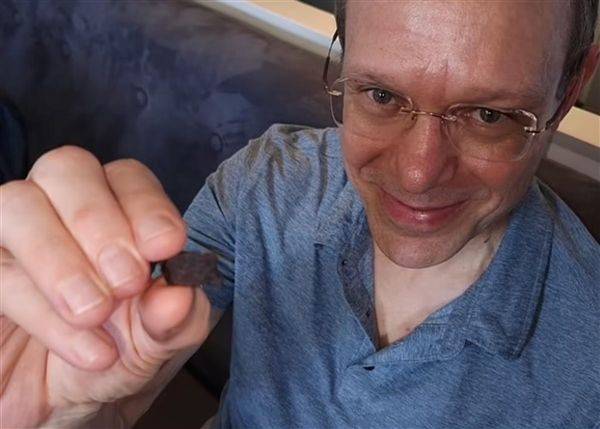Loeb, who chaired Harvard’s astronomy department from 2011 to 2020, is now director of the Ivy League university’s “hunting for aliens” Galileo project.
It is reported that in the early morning of January 9, 2014, when the IM1 meteor rushed towards the earth, due to air friction, it caught fire in mid-air, leaving a trail of molten iron raindrops. It exploded over the Pacific Ocean before crashing into the coast of Papua New Guinea.
On June 14, 2023, Loeb and his team traveled to Papua New Guinea, where they spent nearly two weeks digging up the metal fragments from the Pacific Ocean using powerful magnet sleds.
The magnetic sled uncovered 50 tiny iron ball-like fragments, just a few millimeters in diameter. Many of these fragments are composed of magnesium, titanium and iron, a combination of elements so unusual for Earth that Loeb sees them as strong evidence that they belonged to IM1 meteors.
Loeb told the media: “Considering the high speed and abnormal material intensity of IM1, its source must be a natural environment different from the solar system, or an alien technological civilization.”
Loeb points out that IM1 is actually tougher, with a material strength higher than any space rock currently cataloged by NASA. That makes it quite unusual.
Moreover, he believes that these mysterious wreckages from IM1 may be the first conclusive evidence that a “spaceship” of an “alien technological civilization” crash-landed on Earth.
Then, in the lab, Loeb and his team will determine the atomic elements and isotopes in the IM1 fragments, revealing IM1’s likely origin and possibly even its “alien maker.”




GIPHY App Key not set. Please check settings